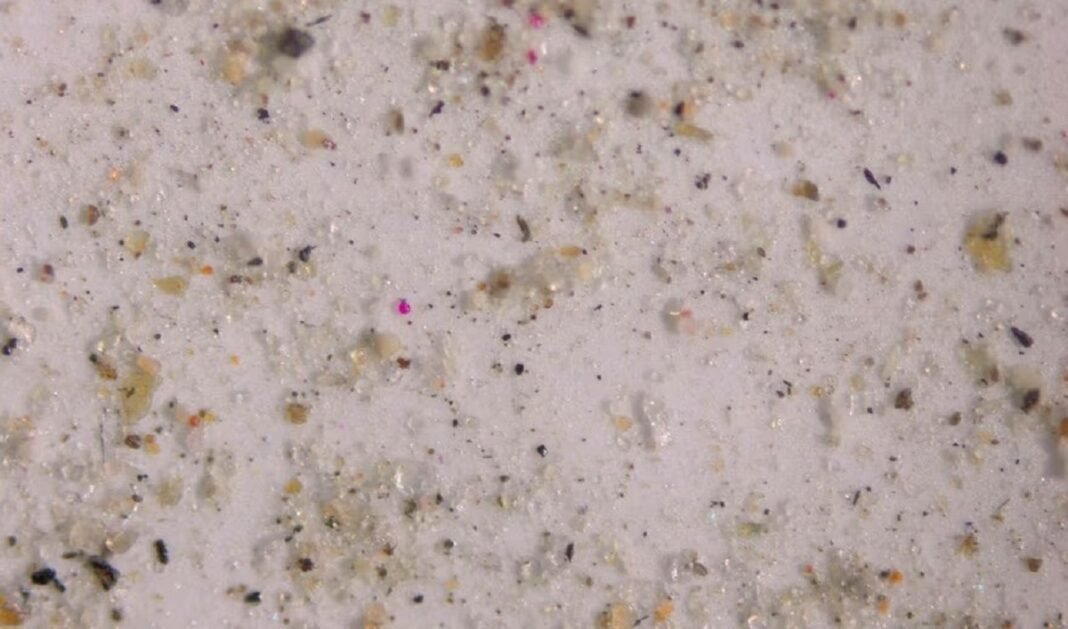It has been prevalent in the USA and Europe for nearly a decade. But now this FDA approved minimally invasive, nonsurgical procedure is slowly finding traction in India and replacing the conventional surgical method for the treatment of the most common benign (non-cancerous) and progressive tumour found in ageing men, called prostate gland enlargement (in common parlance) or benign prostatic hyperplasia (BPH) (in medical terminology).
The procedure, called Rezūm therapy, also known as water vapour therapy, uses a special instrument that delivers controlled doses of thermal energy from water vapour to shrink enlarged areas of the prostate. The instrument is inserted through the urethra (tube that lets urine leave your bladder and your body), so there are no incisions or stitches required. A healthcare provider will numb the area before the procedure to reduce discomfort. It’s a few minutes day care procedure, and the patient walks away within a couple of hours.
Well known urologist from the region Dr Priyadarshi Ranjan, currently serving as Director of Urology Services at Shalby Hospital Mohali, while sharing his personal experience with the procedure at a press meet organised in Chandigarh on Tuesday, said the procedure is successfully being performed at the hospital and patients are finding it much more comfortable undergoing this 10-minutes nonsurgical alternative to the much more complicated and painful hour long conventional surgery.

Explaining the problem of prostate gland enlargement and its resultant complications, he said it’s an unpreventable ageing medical condition which 70-80% of the males will invariably face with advancing age.
In this condition, the enlarged prostate, a small, rubbery gland about the size of a table tennis ball (typical size 40 mm in diameter), located deep inside the groin, between the bladder and the penis, constricts the urethra (urinary passage) leading to obstructive urination and ejaculation, the latter among the sexually active.
Advertisement

He said symptoms of prostate gland enlargement were earlier appearing among males around the age of 55 years, but of late these are being experienced as early as 40 years of age. However, treatment for prostate gland enlargement may only be required when it starts creating obstructive complications.
Dwelling on the drawbacks of conventional surgery, known as Transurethral Resection of the Prostate (TURP), Dr Ranjan said after undergoing the surgery, the patients had to stay hospitalised for two to three days. During the surgery, lasting an hour, the patients also had to endure considerable pain. Moreover, the sexually active patients also lost the ability to ejaculate.
On the other hand, counting the benefits of Rezūm or vapour therapy therapy, he said the procedure, which involves non-surgically dissolving the enlarged part of the prostate gland with the help of steam injections, and needing only local anaesthesia, takes about 10 minutes and the patient is discharged the same day after two to four hours. A small catheter is kept for five to seven days. Apart from providing relief to patients from obstructive urination, this procedure retains ejaculation among sexually active patients.
Over a few weeks, the patient’s body’s natural healing response absorbs the treated prostate tissue, shrinking the prostate. This improves the obstructive symptoms due to enlarged prostate tissue. Most patients begin to experience relief as early as two weeks, and maximum benefit may occur within three months, Dr Ranjan added.
According to Dr Ranjan, the procedure costs anything between Rs 1.5 to Rs 2.5 lakh depending on the size of the prostate gland enlargement and how much of the tissue needs to be removed.
Medication is also available for treatment of the medical condition, but after a couple of years side effects far outweigh the benefits.
Highlighting the need for public awareness about prostate gland enlargement, Dr Ranjan said in most cases of obstructive complications emerging from the medical condition these are passed off as routine ageing issues. But prolonged neglect can lead to more serious issues like bladder damage, even kidney damage, he cautioned.
Some related facts
Function of prostate gland
It is important for reproduction, because it supplies part of the seminal fluid (semen), which mixes with sperm from the testes.
Prevalence increases with age
The prevalence of BPH, or prostate gland enlargement, increases with age, affecting about 50% of men between the ages of 51 and 60, 70% of men aged 60 to 69, and around 80% of men over 70 years old. By age 85, the proportion of men with BPH reaches 90%.
Signs and Symptoms (according to hopkinsmedicine.org)
BPH symptoms can be divided into those caused directly by urethral obstruction and those due to secondary changes in the bladder.
Typical obstructive symptoms are:
- Difficulty starting to urinate despite pushing and straining
- A weak stream of urine; several interruptions in the stream
- Dribbling at the end of urination
Bladder changes cause:
- A sudden strong desire to urinate (urgency)
- Frequent urination
- The sensation that the bladder is not empty after urination is completed
- Frequent awakening at night to urinate (nocturia)
As the bladder becomes more sensitive to retained urine, a man may become incontinent (unable to control the bladder, causing bed wetting at night or inability to respond quickly enough to urinary urgency).
Diagnostics
Urinary flow test: You pee into a container attached to a machine. The machine measures how strong your urine flow is and how much urine you pass. Test results can show over time whether your condition is getting better or worse.
Transrectal ultrasound: A device that uses sound waves to make pictures is inserted into the rectum. It measures the size of the prostate.




